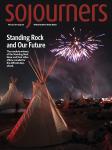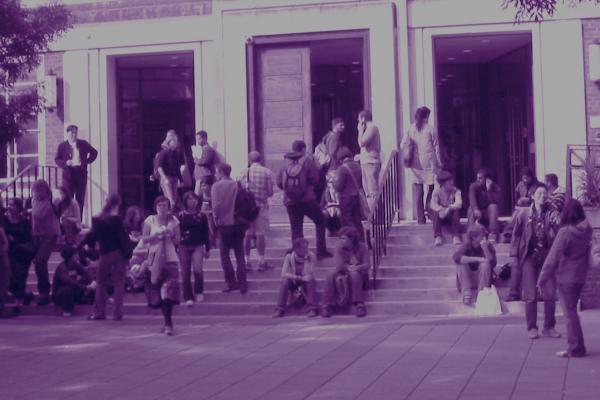SOME TIME ago I took a long walk with a favorite professor of mine from the University of Illinois. I talked about how I’d turned my undergraduate activism in the campus diversity movement into a full-time career, and he told me an interesting story about identity.
The week before, he had needed to shift his 9 a.m. class to 8 a.m. because of a mid-morning appointment. He promised his students he’d bring in Panera to make up for dragging them out of bed so early. One of his students, a white kid from a rural area in Illinois, had asked, “What’s Panera?”
Everybody else in his highly diverse class knew what Panera was, he stated matter-of-factly, making that white student’s distinctive experience all the more striking. “Shouldn’t any campus diversity movement that takes identity seriously be open to her uniqueness?” he asked me.
I stifled a laugh and turned the conversation to another dimension of identity, one that I felt really mattered. Surely my professor friend knew that the assigned role of white people in campus diversity programs is to listen to the bigotry that people of color have experienced and apologize for the ways they have benefited from racist systems. The only time they are allowed to speak proactively is if they occupy one of the other “preferred” identities—if they are gay, or female, or have recently converted to a minority religion.
In the weeks since Donald Trump was elected president—in between being scared out of my mind about the violent attacks on ethnic and religious minorities in America (my kids’ names are Zayd and Khalil)—I’ve thought about that rural white student. The place she’s from voted overwhelmingly for Trump. I wonder if she did. I wonder why I never wondered much about her before.
The Trump movement, for all the destruction it has caused, has made a set of invisible Americans visible. Perhaps part of the reason they voted for him was to scream: I exist too. I have experiences too. I have pain and pride too. I don’t know why these things never amounted to an “identity” in my mind before Nov. 9. I am glad I see this a little more clearly now.
I speak at a lot of campuses in working-class cities and rural areas. I always ask about the well-being of the local Muslim population and encourage the campus to be involved in efforts to resettle refugees. I have never asked about how displaced factory workers are faring, or about the health of returned veterans.
I speak often about the pervasiveness of white privilege but rarely acknowledge that I (an American Muslim born in India) have one of the single greatest privileges you can possibly have in a knowledge economy: a graduate degree from an elite university.
Let me emphasize that I think the diversity movement on campuses should be concerned with Muslim minorities, refugee and immigrant populations, African Americans, women, and the LGBTQ community. I believe that welcoming these stories and affirming these experiences does not mean we have to ignore displaced factory workers, returned veterans, or white students from rural areas who have never heard of Panera. I believe the human heart and the American promise is wider than we ever imagined.
The good news is that many campuses are uniquely positioned for this expanded engagement of diversity. They are dots of blue in an ocean of red. These others are all around them, often working food service and taking out the garbage for the students gathered to discuss some identities while assiduously ignoring others.
“A campus is nothing if it’s not a community of considerate conversation,” says my friend Jake Schrum, president of Emory and Henry College. It’s high time that those of us in the diversity movement made our communities broader and our conversations more considerate.

Got something to say about what you're reading? We value your feedback!

